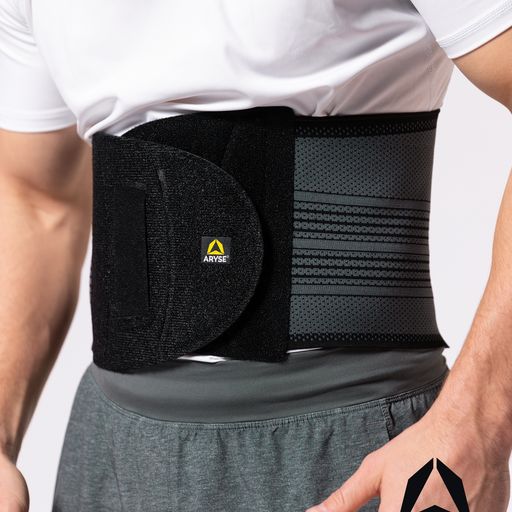An ACL brace is often recommended by the surgeon after anterior cruciate ligament surgery. This brace is designed to protect the graft, stabilize the knee joint and prevent micro-movements, and aid in quick healing. Many patients use Medicare braces after ACL reconstruction surgery, however, the effectiveness of ACL braces is often questioned.
In this blog, we will discuss, whether you should use an ACL brace following knee surgery, its effectiveness, and how it can help in ACL reconstruction.
What Is An ACL Injury?
An ACL is the most commonly injured ligament of the knee that involves tearing or overstretching of the anterior cruciate ligament. This ligament is crucial to stabilizing the knee joint and controlling the front and back knee movements. When the ACL ligament is torn – partially or completely – you might hear a ‘pop’ or ‘snap’ sound leading to swelling and instability in the joints. The person whose ACL is torn may require surgery to stabilize the knee joint.
Symptoms Of ACL Tear Or Injury
• A ‘pop’ in the knee at the time of injury
• Swelling in the first few hours
• A feeling that the knee might give away
• Instability in the knee
• Unable to walk or bear weight on the injured leg
ACL injury mostly occurs in athletes during sports activities, most commonly in football, soccer, and basketball. However, it may also occur due to automobile accidents or work injuries. Many patients who want to return back to normal activities consider wearing an ACL brace for quick recovery and to prevent re-injury of the ACL ligament.
Does An ACL Brace Aid In ACL Reconstruction After Surgery?
After surgery, the graft that the doctor uses to reconstruct the ACL is at risk of rupturing. If a significant amount of pressure is placed on the knee, or the knee twists in a dangerous position, the graft will rupture. That’s why knee bracing is recommended for one or two months following the ACL reconstructive surgery to reduce anterior-posterior movement, prevent quadriceps lag, and work as a shield against pressure.
An ACL brace provides high-level support, limits a range of motion, and reduces force through the grafted ligament, this in turn alleviates pain and provides comfort to you. Many people prefer not to use an ACL brace but in that case, you need to be very careful. You must give up activities that require knee movements such as jumping, twisting, sliding, pivoting, etc. Such activities can greatly increase the risk of another ACL tear or injury. Patients that use ACL brace after surgery are more likely to recover quickly and get back to normal life activities.
Benefits Of ACL Brace After Knee Injury
• Provide lateral and medial support to the knee
• Prevent excessive rotation of the knee
• Protect ACL graft while your knee is healing
• Aid in joint proprioception
• Provide necessary support and reduce pain
Do I Need To Wear An ACL Sports Brace After Surgery?
Yes. If you want to return back to your sports activities soon, your healthcare provider might recommend you use an ACL sports brace after surgery. After an ACL injury, your recovery time may extend from 12 to 18 months to fully heal. That’s why most athletes use protective ACL sports braces to speed up their recovery and their sports activities with the confidence that their ACL is completely healed and there is no risk of re-injury. If you’re looking for post-ACL injury stabilization, or to reduce knee pain, Daphco’s orthopedic knee braces offer maximum protection and support.
Different Types Of ACL Braces Used After Surgery
There are several types of ACL sports braces designed to perform different functions. Here are some general categories of ACL braces.
1. Prophylactic Knee Braces
Prophylactic knee braces are most commonly used by athletes to avoid knee injuries. These ACL sports braces have been designed to protect the knee joint during sports like football, Soccer, etc. while allowing complete knee movement. You will see various athletes and sportsmen wearing these knee braces during sports activities.
2. Functional Braces
Functional braces are particularly designed to protect the knee after ACL reconstruction. Your surgeon may prescribe this ACL brace after you have regained knee movements post-knee surgery. This ACL sports brace will protect your knee joint while it heals and restrict motion to save you from another surgery. These braces are durable and you can use them for a long time, especially during contact sports such as football.
3. Rehabilitative Braces
Rehabilitative braces are best recommended for a repaired or reconstructed ACL ligament after a recent knee injury. These braces are designed to prevent potentially harmful knee movements to protect the injured area so you can get back to your activity soon.
4. Unloader Braces
Unloader knee braces, as the name suggests, are used to unload stress from the injured joint and shift the pressure on the opposite side. This ACL brace is especially useful for people who have medial compartment knee arthritis and experience extreme knee pain.
Furthermore, you will find different types of ACL braces constructed from a combination of different materials such as metal, plastic, foam, elastic materials, etc. and they vary in size and design as well. Consult your doctor or a specialist to purchase the right brace for your condition.
Conclusion
Knee injuries are fairly common in both athletes and non-athletes. However, by using an ACL brace and applying other traditional measures, the pain and discomfort of an ACL injury can be minimized. If you have undergone an ACL injury recently, a knee brace can be effective for ACL reconstruction.
Do you need an ACL brace to protect your knee? Daphco will provide you with the right knee brace that will protect the knee graft after surgery and help you get back to normal sports activities quickly. Whether you need a knee brace for meniscus tear, ACL tear, arthritis, or any other condition, we are here to help.
If you’re a Medicare beneficiary, you can get a knee brace at a minimal cost. Want to know how much cost Medicare covers for knee braces? Find all information about Medicare plans here.
Contact us today for more details.



 888-616-4156
888-616-4156 
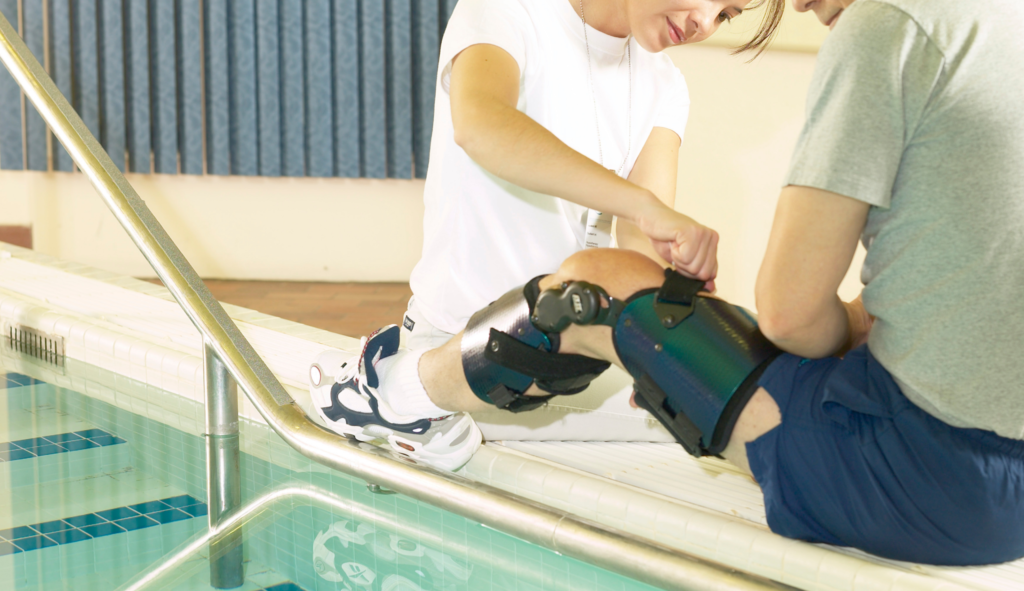



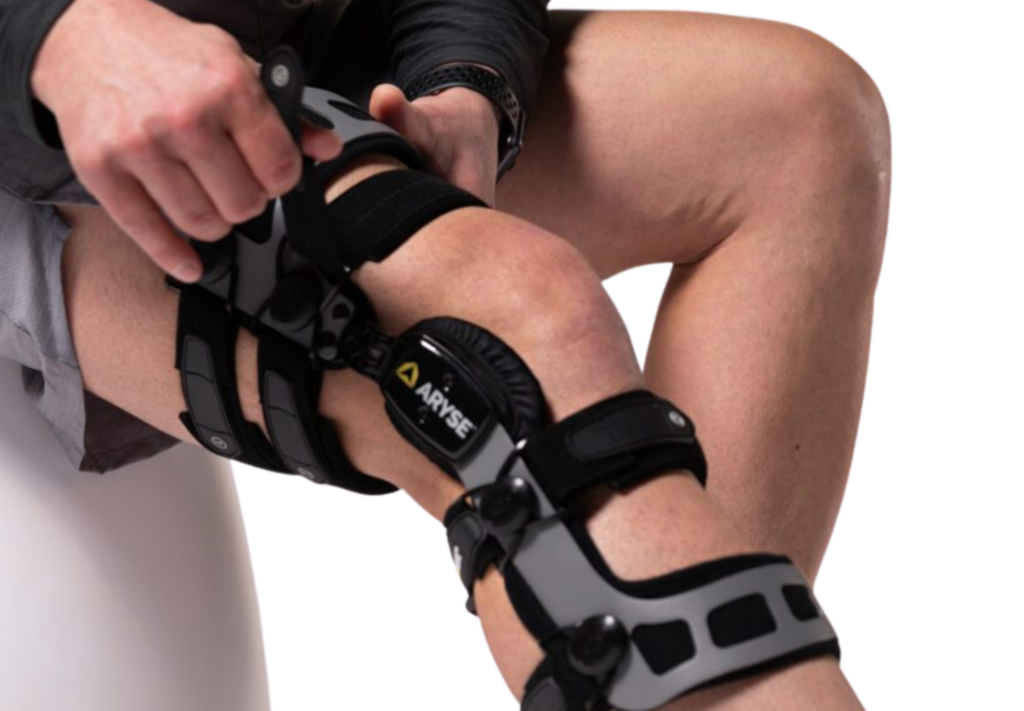
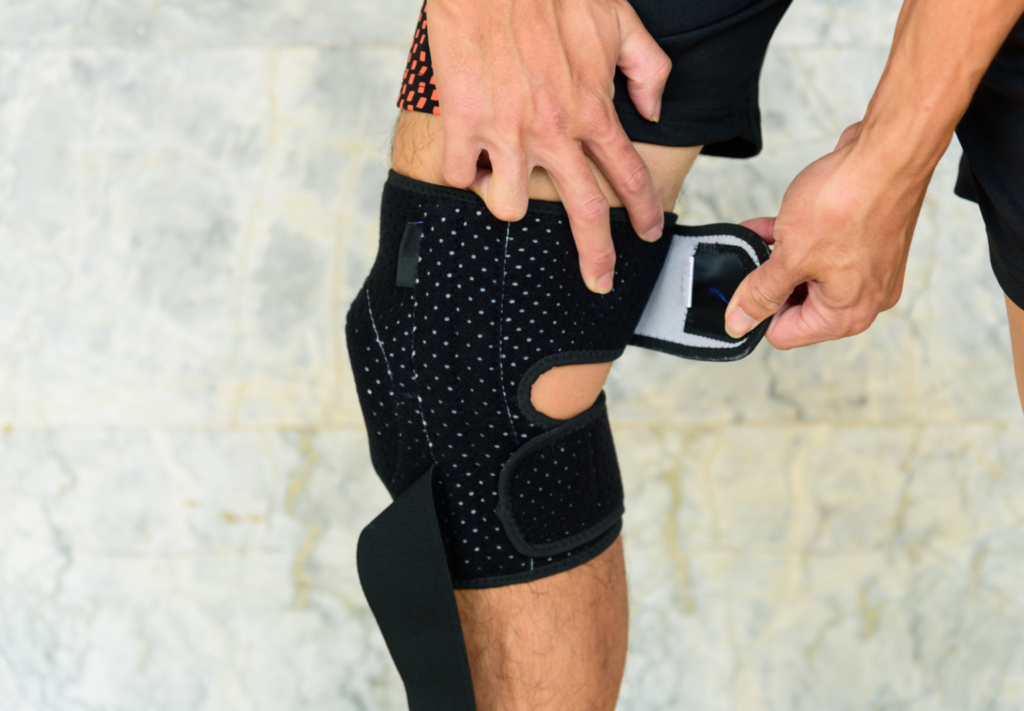





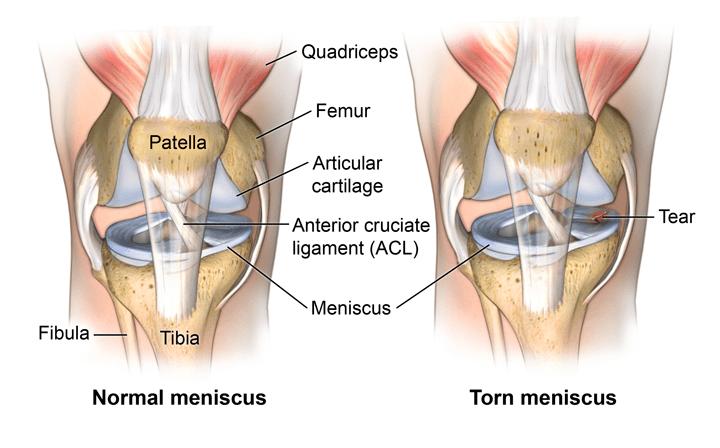

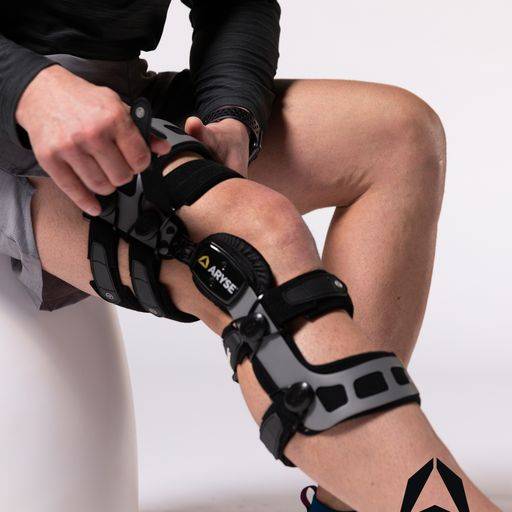

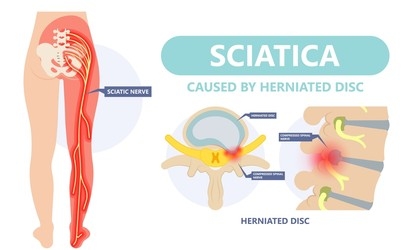
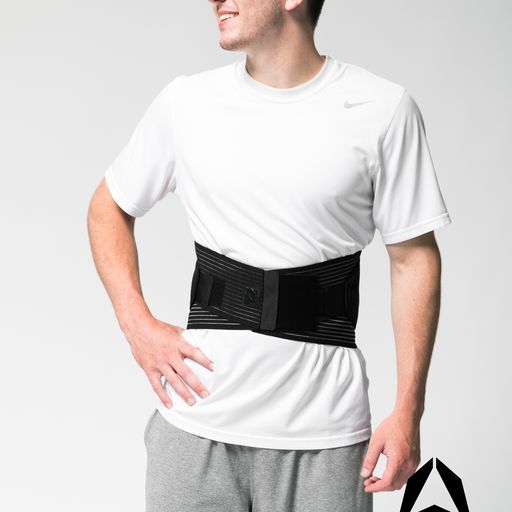 The ARYSE ALPHAWRAP
The ARYSE ALPHAWRAP 